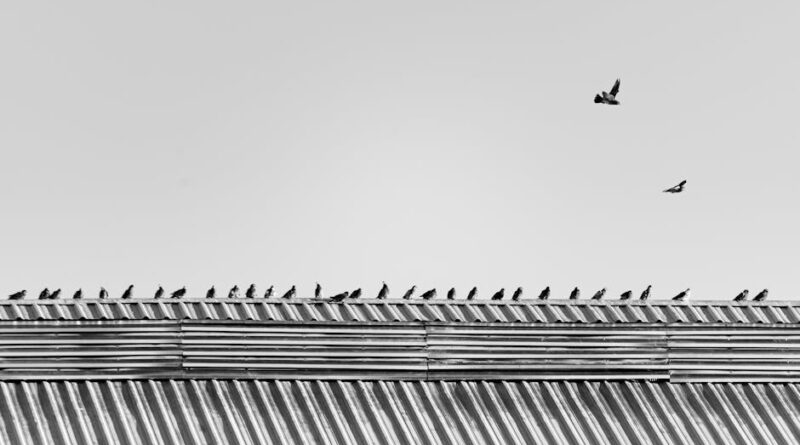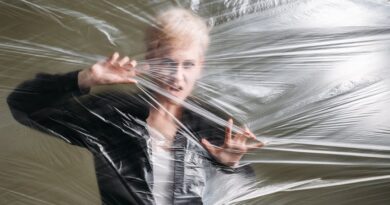Creating Memorable Art Through Repetition
Have you ever noticed how some art sticks in your mind? It may be the colors, shapes, or patterns. But often, it’s the use of repetition that creates a lasting impression. Repetition is a powerful tool in art. It can evoke emotions and create a sense of harmony. In this article, well explore how artists use repetition to make their work unforgettable.
What is Repetition in Art?

Repetition means doing something over and over. In art, it can refer to repeating shapes, colors, or patterns. This technique helps to create unity in a piece. It ties everything together. Think of it as a song with a catchy chorus. You hear it multiple times, and it sticks with you.
Why Use Repetition?
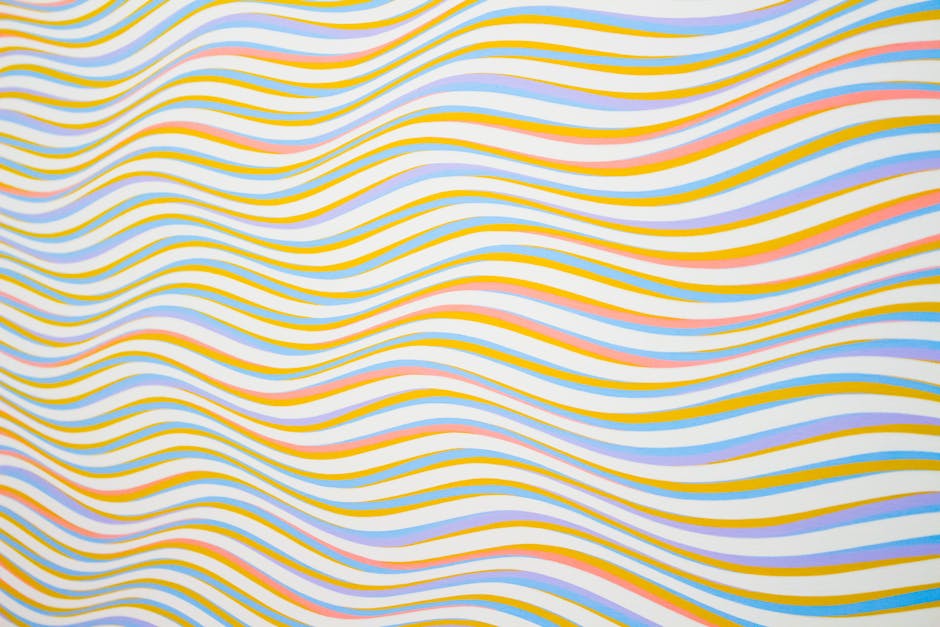
Repetition has several benefits in art:
- Creates Rhythm: Just like music, art can have a flow. Repeating elements can create a rhythm that guides the viewer’s eye.
- Enhances Recognition: People are more likely to remember art that has repeating elements. It makes the piece feel familiar and inviting.
- Conveys Messages: Repetition can emphasize a theme or idea. For example, repeating a specific shape can symbolize something significant.
How Do Artists Use Repetition?
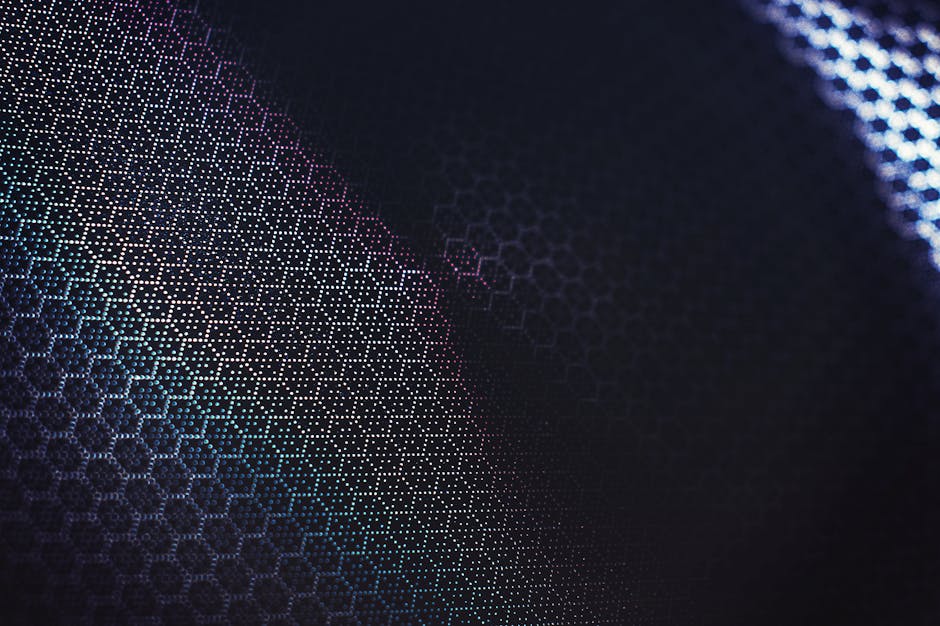
Artists use repetition in different ways. Here are some methods you might see:
- Patterns: Many artists create patterns using repeated shapes or lines. Think of wallpaper or textile designs. They draw the eye and create a pleasing visual experience.
- Color Repetition: Using the same color multiple times can create harmony. It can make the artwork feel cohesive and balanced.
- Motifs: A motif is a repeated design or element. Artists like Henri Matisse often used motifs to create a recognizable style.
Can You Give Examples of Repetition in Art?
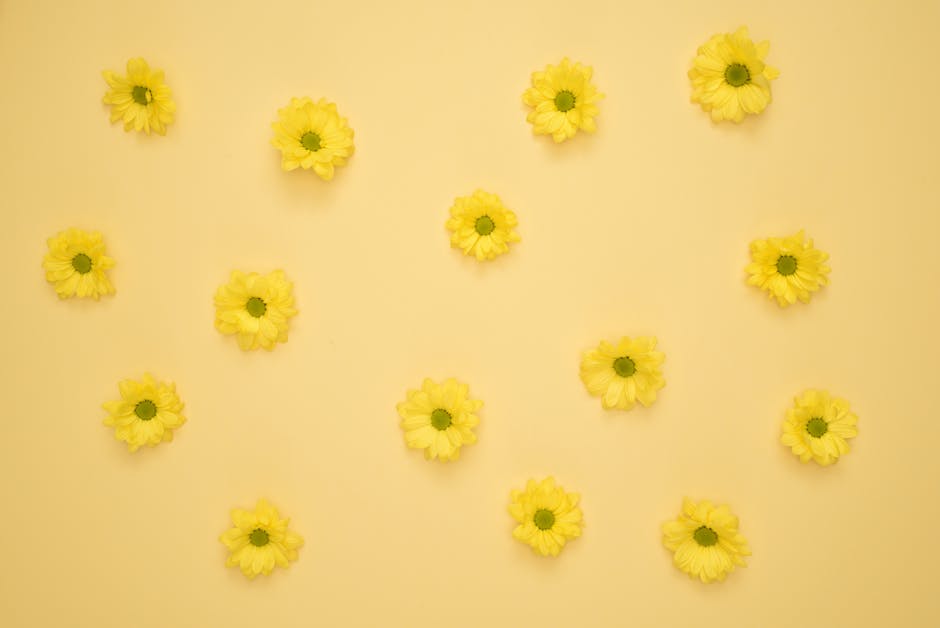
Sure! Here are some famous examples:
- Andy Warhol’s Campbell’s Soup Cans: Warhol used repetition to comment on consumer culture. The same image repeated dozens of times makes you think about mass production.
- Claude Monet’s Water Lilies: Monet painted the same scene multiple times. Each painting uses color and light differently, yet the repetition connects them beautifully.
- Yayoi Kusama’s Infinity Rooms: Kusama uses dots throughout her installations. These repeating shapes create a sense of infinity and immerse visitors in her vision.
How Can I Use Repetition in My Own Art?
Using repetition is easier than you might think. Here are some tips to get started:
- Choose Your Element: Decide what you want to repeat. It could be a shape, color, or pattern.
- Start Small: Begin with a few repetitions. As you become comfortable, add more.
- Experiment: Try different ways of repeating your element. Change the scale or color to see how it affects the overall piece.
What Are Common Misconceptions About Repetition in Art?
Some people think repetition makes art boring. In fact, it can do the opposite! Here are a few misconceptions:
- Repetition Equals Simplicity: While some may see repetition as simple, it often requires thought and skill. Effective repetition can create complex emotions.
- Only for Patterns: People often associate repetition only with patterns. However, it can be found in various forms of art, including paintings and sculptures.
- Repetition Is Unoriginal: Many great artists have used repetition. It is a classic technique that can lead to unique outcomes.
What Are the Psychological Effects of Repetition in Art?
Repetition can have a strong psychological impact. Here are a few effects:
- Familiarity: Repetition can create a sense of comfort. Familiar elements help viewers connect emotionally with the artwork.
- Focus: Repeated elements guide attention. They can lead viewers to important parts of the artwork.
- Memory: Repeated visuals are easier to remember. This makes the artwork more impactful long after viewing.
What Do Experts Say About Repetition in Art?
Many art experts emphasize the importance of repetition. Art historian Dr. Sarah Mitchell says, “Repetition is not just about what you see. It’s about how you feel when you see it. It creates a connection between the artist and the viewer.”
This connection is vital. It allows art to communicate deeper meanings. Repetition becomes a bridge between thoughts and emotions.
How Can I Use Repetition in Everyday Life?
You don’t have to be an artist to use repetition. Here are some ways to incorporate it:
- Home Decor: Use repeated patterns in curtains or rugs to create a cohesive look.
- Fashion: Wear outfits with repeating colors or patterns for a stylish effect.
- Daily Routines: Repeating positive habits can lead to lasting change. Consider a daily mantra or exercise routine.
What Are Some Takeaways on Repetition in Art?
Repetition is more than a mere design choice. It’s a powerful tool for creating memorable art. Here are the key takeaways:
- Repetition creates rhythm and enhances recognition.
- It can convey important messages and emotions.
- Both famous artists and everyday creators can use repetition effectively.
As you explore art or even create your own, remember the power of repetition. It can transform an ordinary piece into something unforgettable. So grab some paint or a sketchbook and start experimenting!
For more tips on enhancing your art skills, check out our [related post](https://www.example.com/improving-art-skills).
Repetition might just be the secret ingredient to your next masterpiece!
